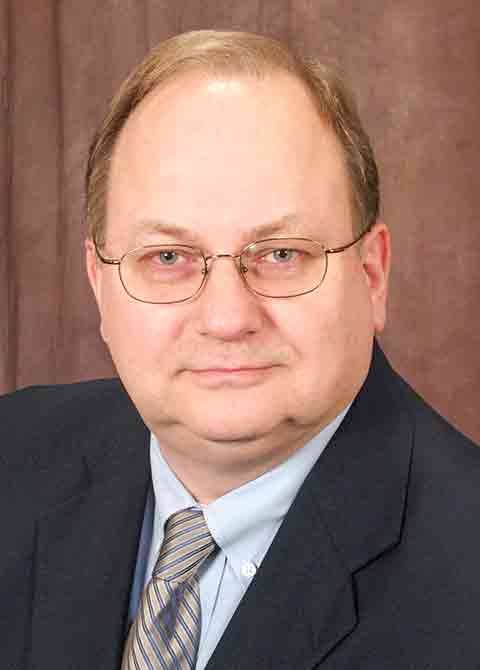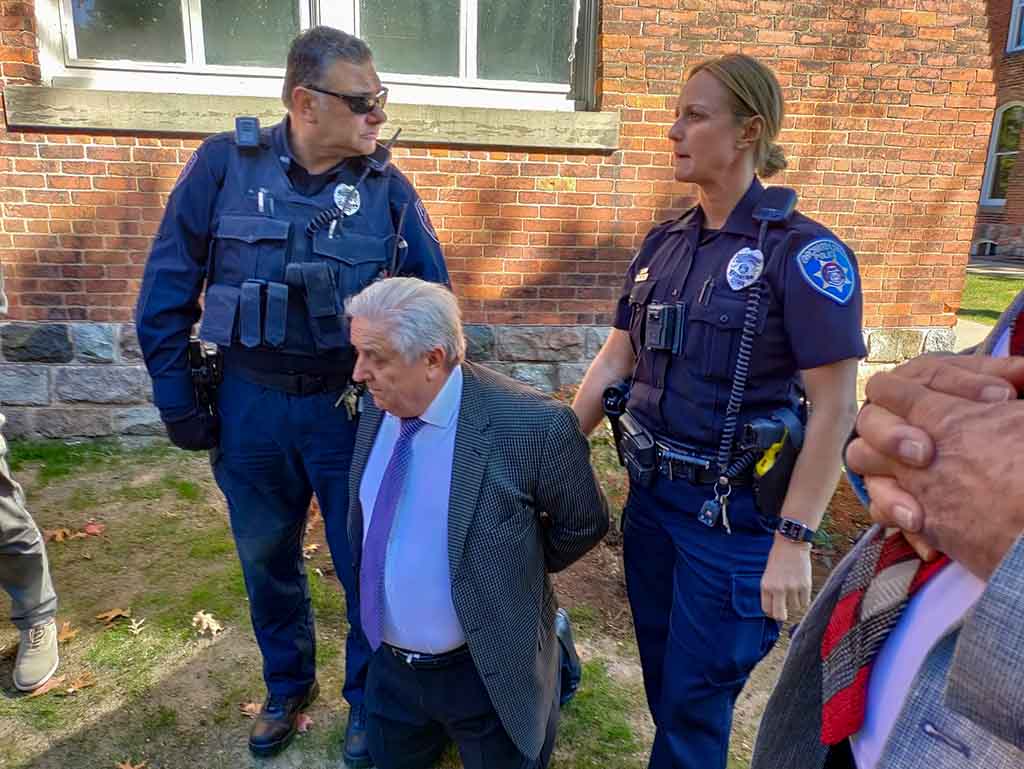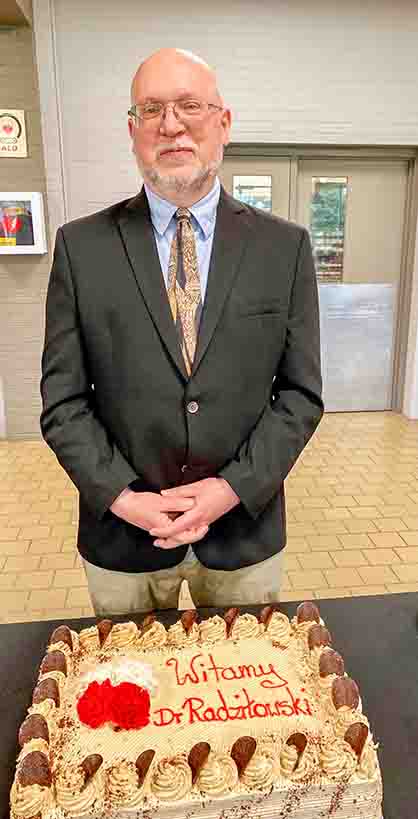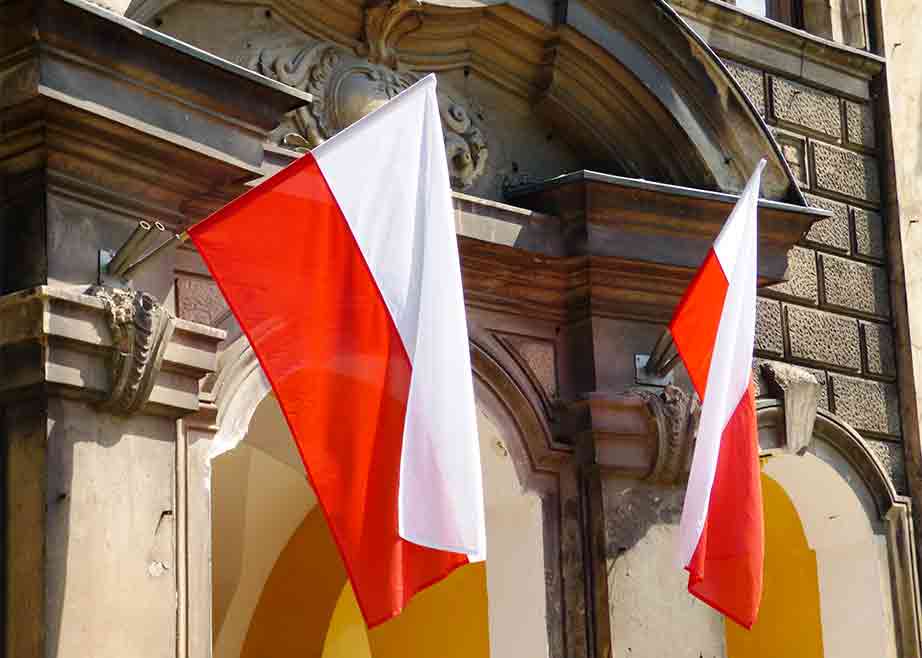Editor's Note: The Orchard Lake Schools is in crisis. After a moral scandal, the center was deprived of its management. A few weeks ago, the supervisory board of the center decided to close the Seminary of the Polish Diaspora. The Polish community in Michigan initiated desperate action against this decision. We would like to remind you of the article by Fr. Stanisław Flis, who was sent to us by the doyen of Polish journalism in the USA, editor Edward Dusza.
St. Cyril and Methodius, commonly known as the Polish Seminary, was founded in 1885 in Detroit, Michigan. In 1909, due to better housing conditions, it was moved to the nearby Orchard Lake, where it exists today. The creation of this seminary is connected with the mass economic emigration of Poles to the United States. After the January Uprising, many of our compatriots went to the United States in search of work and better living conditions. Because they were very attached to the Catholic Church and their own traditions, they wanted to have their own parish and a Polish priest abroad who would conduct their pastoral ministry in Polish and with respect for Polish customs and traditions. Admittedly, Polish priests also came to the United States at that time, however, there were not enough of them in relation to the needs. At that time, the pastoral care of the Polish diaspora was developing too quickly. Moreover, many young men from Polish families felt the grace of a vocation and wanted to enter the seminary. There was, therefore, a genuine need to establish our own Polish seminary, which would prepare Polish priests in line with the expectations of the faithful of Polish origin.
This need was noticed by two great Poles in exile: Fr. Leopold Moczygemba, and Fr. Józef Dąbrowski. They, too, are considered the founders of the Polish Seminary in America.
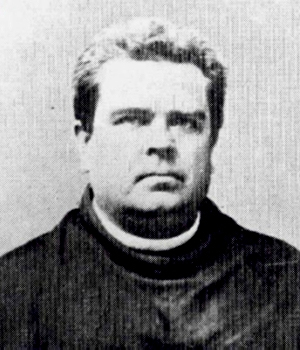
Rev. Leopold Moczygemba (Source: Wikipedia)
Fr. Leopold Moczygemba, Conventual Franciscan from Silesia, founder of the first Polish parish in the United States in Miss Maria Texas (1854), asked Pope Leo XIII for permission to establish a Polish seminary in America. He received such consent on January 14, 1879. The following year, he purchased 380 acres of land to build this seminary in Howard County, Nebrasca. However, he did not start construction due to poor health and old age. So he turned to Fr. Dąbrowski with a proposal to take over this mission. Fr. Dąbrowski undertook this task on the condition that its location would be changed. He proposed the seminary to be located in Detroit, the center of the Polish settlements.
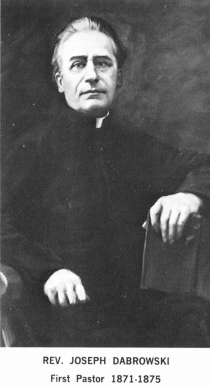
Rev. Joseph Dąbrowski (Source: Wikipedia)
From the moment of his arrival in America in 1870, Fr. Józef Dąbrowski was actively involved in pastoral ministry among his countrymen, initially in Wisconsin, and later in Detroit. Like Fr. Moczygemba, he knew the needs of the emerging Polish diaspora pastoral care well. He tried to get the Resurrectionist Fathers interested in the need to establish a Polish seminary. Not finding understanding or support among them, Fr. Dąbrowski gave up this thought for a while, devoting himself to parish work in Polonia Corner, Wisconsin. There he made an attempt to meet another need of Polish emigrants, namely the need to raise their level of education. To this end, in 1874, he brought the Felician Sisters from Kraków to his parish. He built a convention for them and became their spiritual guardian. The Felician Sisters did not disappoint the hopes placed in them. With great enthusiasm they set about organizing education in Polish parishes. Their merits in this regard cannot be overestimated.
The idea of building a Polish seminary arose very early in the Polish community. Today it is difficult to unequivocally decide who first proposed it. Without getting into this conundrum, it is undoubtedly worth emphasizing the merits of both Fr. Leopold Moczygemba and Fr. Józef Dąbrowski. The former prepared a project to establish the seminary from the formal side and collected a certain amount of money for its implementation, and the latter was involved in the construction of the building and the organization of the seminary. The construction of the seminary was supported by the local bishop of Detroit, Fr. Kasper Henryk Borgess. However, the appeal of Fr. Dąrowski met little feedback or understanding among bishops from other dioceses. One of the American bishops even wrote that it had no future. In a rhetorical tone, he posed the question: "Where will you get students and the faculty of professors?" Despite this cold attitude of many American bishops, construction was undertaken. For the money donated by Fr. Leopold Moczygemba, a plot of land was purchased for the construction of a seminary, next to the oldest Polish parish of St. Wojciech in Detroit. On July 22, 1885, the cornerstone was blessed and the construction of the seminary building began. In December 1886, the first 11 students were admitted to the seminary.
Their number grew every year, so it was necessary to constantly expand the building. For these reasons, the second rector of the seminary, Fr. Witold Buhaczkowski, moved it in 1909 to Orchard Lake, in place of the former military academy. It was a gesture of great courage on the part of the then-chancellor, as it entailed great expenses. Moreover, it was a transfer of the seminary from the center of life of the then Polish Detroit to the outskirts of the city, or rather to a tiny suburban village. However, today, from a historical perspective, it can be seen that it was a very right, even providential decision. The district, where the seminary used to be, looks very questionable today. The Poles moved to other districts, and the parish of St. Wojciech was closed. However, Orchard Lake has a beautiful location. It used to be a picturesque, hilly and wooded, sparsely populated area. Framed on three sides with charming lakes, one of which - Orchard Lake - is directly adjacent to the seminary grounds, and is probably the most beautiful of the group of approx. 450 small lakes in this area, with crystal clear water. Later these areas were built up. However, the low, residential buildings with magnificent architecture did not destroy the former beauty of the local nature. Likewise, the seminary buildings are situated somewhat in the park. The large area belonging to the seminary (120 acres) is beautifully greened and maintained. It was and is quiet and peaceful here, one can hardly feel the pulse of life in great America. Plus, it's much safer than downtown Detroit. While visiting the Orchard Lake seminary in 1976, Fr. Card. Karol Wojtyła said that "it's one of the most beautifully located of all the seminaries he ever visited."
In 1916, Fr. Buhaczkowski retired, and in his place the rectors were in turn: Fr. M. Grupa (1917-1932), Fr. Michał Kłowo (1932-1937), Fr. Władysław Krzyżosiak (1937-1943), Fr. Edward Szumal (1943-1956), Fr. Wacław Filipowicz (1956-1967), Fr. Władysław Ziemba (1967-1977).
In 1977 there was a reorganization of the school board. Administrative power remained in the hands of the chancellor, and individual superiors stood at the head of individual schools. From 1977, the chancellor was Fr. Prelate Stanisław Milewski, and Fr. Franciszek B. Koper was the rector of the seminary. Since 2000, the chancellor is Fr. Timothy Whalen.
Originally, the academic program of the seminary assumed a ten-year period of study: five years in high school and another five years at a higher level, of which two years were for philosophical studies and another three for theology. In 1927 the curriculum was reformed, establishing three four-year, administratively independent schools: the SS. Cyril and Methodius Seminary, St. Mary's College, and St. Mary's Preparatory, now known collectively as the Orchard Lake Schools.
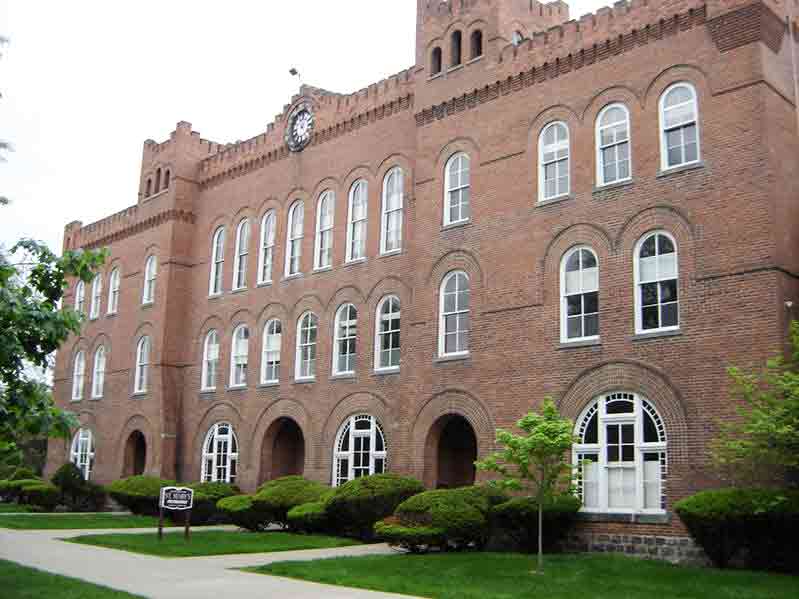
St. Mary's Preparatory building (Source: Wikipedia)
In 1968, the seminary introduced a preparation program for permanent diaconate, field education for seminarians, and a continuing education program for adults. Further programs were introduced in the following years: Master of Divinity (1973) for priesthood candidates, religious, and lay people; Master of Religious Education (1977), later changed to Master of Arts in Religious Education (1989); Master of Arts in Pastoral Ministry (1980); The Certificate in Pastoral Ministry program, which had existed since 1975, was also developed.
In 1971, the Seminary of St. Cyril and Methodius became a member of the Association of Theology Schools (ATS) in the USA and Canada. In 1992, it obtained the status of a candidate to apply for accreditation with this association. After a two-year preparation period, St. Cyril and Methodius received initial accreditation by ATS in January 1995.
It is an ethnic, Polish seminary. It was established on the initiative of the Polish community and is mainly maintained by it. Jurisdiction is subordinate to the Archbishop of Detroit, who chairs the Seminary's Supervisory Board and appoints all professors and educators. The Polishness of this seminary does not need to be proved, because it is obvious. This is evidenced by the mission of the Seminary, the origin of the students, the curriculum, the attitude of the professors and the activities of many institutions operating at the Seminary, e.g. the Archives of the Polish Diaspora, the Gallery of Polish Art, the Polish-American Liturgical Center, the John Paul II Center, the Center of Polish Culture and Language, etc.
Apart from the didactic and educational function, the Orchard Lake Seminary and the school complex played a very important role in the life of the Polish diaspora. It was the initiator and site of numerous meetings and conventions of various Polish organizations. By publishing its own magazines, especially such as: Niedziela, Sodalis-Polonia, Słowo i Liturgia, Pan z Wami, and numerous book publications, it shaped the public opinion of the Polish diaspora. So it is correct to say that "if the schools in Orchard Lake did not exist, the Polish community would be different today". Taking into account the achievements and current activity, the school complex in Orchard Lake is undoubtedly the only Polish community center of this rank in the world.



